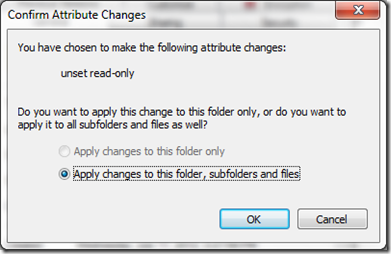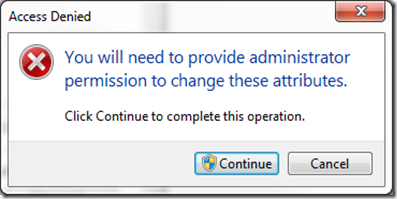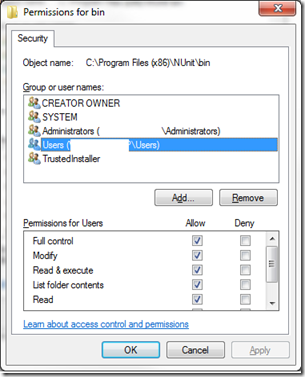Remote desktop support should is installed by default during the operating system installation process. If it has been installed, a Remote Desktop option will be available in the RHEL desktop System -> Preferences menu. Another useful way to check whether this package is installed is to run the following command from a terminal window (Applications -> System Tools -> Terminal):
rpm -q vino
If the rpm command reports package vino is not installed then the next step is to perform the installation. This can be performed either using the Add/Remove Software tool, launched by selecting Applications -> Add/Remove Software —>search for vino—>select the checkbox next to the item in the results list and click on Apply to install the package. Alternatively, to install from a terminal window, enter the following:
su -
yum install vino
Once the installation is complete, the Remote Desktop option will now appear in the System -> Preferences menu.
Activating Remote Desktop Access
The next step in setting up remote desktop access is to activate it and define some basic security settings. These settings are configured in the Remote Desktop Preferences dialog. To access this dialog, open the desktop System menu and select Preferences followed by Remote Desktop. When selected, the following window will appear:

In this dialog the following configuration options are available:
- Allow others to view your desktop - Activates remote desktop access for viewing purposes.
- Allow other users to control your desktop - Allows users accessing your remote desktop to control the desktop. In other words the remote user can do anything to your desktop that they want using their mouse and keyboard as if they were sitting physically at the local system.
- Ask you for confirmation - When selected, this option causes a dialog to appear warning you of an attempt by a remote user to connect and prompting you to confirm or deny the connection. If you are likely to want to log in remotely you will need to turn this off since you will not be at the local system to accept your own connection.
- Require the user to enter this password - Specifies a password which must be entered by the remote user to access your desktop. It is strongly advised that you select this option and specify a password.
Finally this screen specifies the command to run on the remote system to access the desktop. Once you have configured Remote Desktop access you are almost ready to try connecting.
Firewall Configuration (insecure way)
By default, the RHEL firewall is both enabled and configured to block insecure remote desktop access. Before proceeding, therefore, it is necessary to allow VNC traffic to pass uneventfully through the firewall. Before performing this task it is important to know that the remote desktop system uses TCP/IP port 5900 to access the screen 0 (the main screen of your desktop) for communicating between the client and server systems.
1. Start the Firewall configuration tool (System -> Administration -> Security Level and Firewall) and enter your root password when prompted to do so.
2. Select the Other Ports option and click on the Add button to open the Add Port dialog.
3. Add port 5900 for protocol tcp and click OK.
4. Repeat the previous stop for port 5900 udp.
5. Click on the Apply button followed by OK to exit the firewall tool.
Accessing a Remote RHEL Desktop using vncviewer
Remote desktop access from other Linux based systems can be achieved using the vncviewer tool. This tool is contained within a package named vnc which may be installed on RHEL using the following command sequence in a terminal window:
su -
yum install vnc
The vncviewer tool is available for a wide range of operating systems and a quick internet search will likely provide numerous links providing details on how to obtain and install this tool on your chosen platform.
To access a remote desktop using vncviewer, execute the following command in a terminal window:
vncviewer hostname:0
where hostname is either the hostname or IP address of the remote system. Alternatively, run the command without any options to be prompted for the details of the remote server:

If you configured the remote system to prompt to approve a connection a dialog will appear on the remote system. Until the connection is approved the vncviewer session will wait. Once approved, or if no approval is required, VNC will prompt for the password (assuming one was defined):

Accessing a Remote Linux Desktop from a Windows System
In order to access an RHEL remote desktop from a Windows system the first step is to install a Windows VNC client on the Windows system like TightVNC http://www.tightvnc.com
hostname:5900 (screen 0 in VNC uses port 5900). TightVNC assumes port 5900 if none is specified
Secure sessions can be established by creating SSH tunnel between the systems so that VNC can use this secure tunnel to connect. Similarly you should be able to use WINSCP for FTP or Putty for SSH from Windows to Linux



















